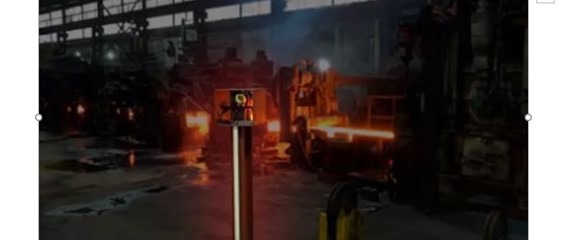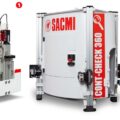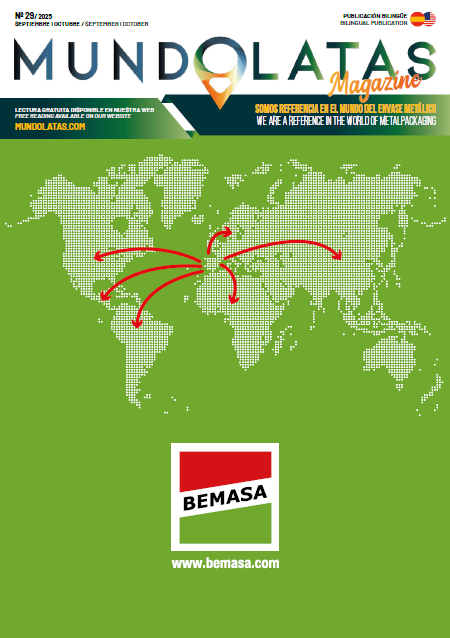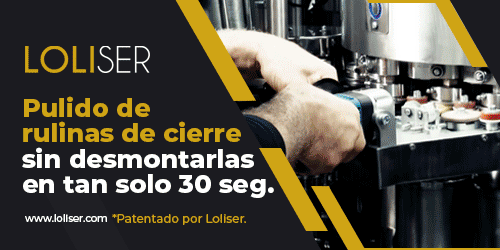Celsa UK and Russula teams have commissioned three machine vision sensors (CV-Sensors) for Cardiff, UK-based bar and wire rolling mill. CV solutions automated areas of the plant that previously required manual intervention or were difficult to automate. By installing CV sensors at key positions, the rolling mill was able to automate the control of the lateral position of the pusher, the billet unloading from the furnace and the two-wire loop former.
Double-wire loop control and furnace pusher unloading are common issues in many mills. In discussing with CELSA UK how to address them, we decided to use machine vision to automate these two tasks. Miguel Alonso, Russula’s Customer Service Manager, explains that “in the past, furnace operators unloaded billets from the furnace in the same way as playing video games, by looking at a screen and moving a joystick. As fun as this method was, it required a lot of manual intervention.”
Alonso further adds that “by employing machine vision solutions, the position of the billets inside the furnace is determined, which allows PLCs to correctly position the bar pusher and automatically instruct the furnace pusher to unload the billets, thus avoiding continuous intervention by the furnace operator.”
Russula supplied the CV sensors, electrical integration, software and HMI and on-site services, including installation supervision, commissioning and production support. The existing furnace chamber was connected to the CV-Sensor. New chambers were supplied and installed for the furnace and loop unloading applications.
In addition, an existing scanner for two-wire loop formers was not working properly. A CV sensor was installed to measure the loop height. CV algorithms analyze the video stream to determine the loop height of each strand, which can be used to control the line speed. The loop control module in the existing PLC was modified to use the new CV sensor input.
At Celsa Steel UK in Cardiff, three machine vision systems are installed in the furnace and wire relay areas.









